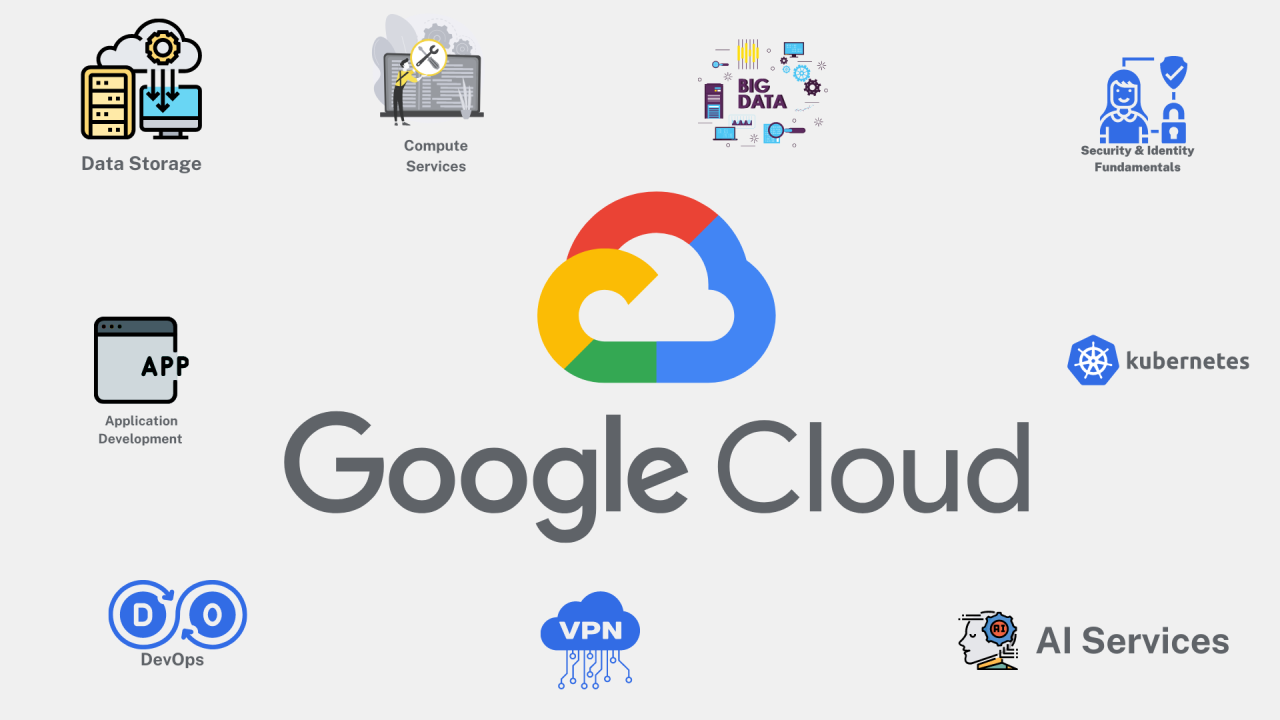Google Cloud Platform offers an exceptional solution for hosting blogs, providing developers and content creators with a robust, scalable, and cost-effective platform. Whether you’re launching a personal blog, portfolio site, or professional publication, GCP’s cloud hosting services deliver superior performance, enhanced security, and global reach that traditional hosting simply cannot match.
The modern digital demands websites that load quickly, remain accessible around the clock, and provide seamless user experiences across all devices. Google Cloud hosting addresses these critical requirements through its distributed infrastructure, content delivery networks, and advanced optimization features. Unlike conventional hosting solutions that rely on single servers, GCP utilizes multiple data centers worldwide, ensuring your blog remains online even during server maintenance or unexpected outages.
Static site hosting on Google Cloud Storage represents one of the most efficient approaches for blog deployment. This method eliminates the complexity of managing servers while providing automatic scaling capabilities that adapt to traffic fluctuations. The cost-effectiveness becomes particularly apparent for blogs with varying traffic patterns, as you only pay for actual storage usage and data transfer rather than maintaining dedicated server resources regardless of demand.
The SEO benefits of cloud hosting cannot be overstated. Google’s ranking algorithms favor websites with fast loading times, high uptime percentages, and mobile-friendly designs – all areas where GCP excels. The platform’s global content delivery network ensures your blog loads quickly for visitors worldwide, while built-in security features protect against malware and spam attacks that could negatively impact search rankings. Additionally, cloud hosting’s mobile optimization capabilities align perfectly with Google’s mobile-first indexing approach, giving your blog a competitive advantage in search results.
Setting Up Your Blog on Google Cloud Storage
Creating a blog on Google Cloud Storage begins with establishing a storage bucket configured for static website hosting. The process involves creating a globally unique bucket name, enabling public access permissions, and configuring index and error pages. Your bucket serves as the container for all website files, including HTML, CSS, JavaScript, and media assets.

The configuration process requires specifying an index page (typically index.html) and an optional 404 error page for handling broken links. These settings ensure visitors can navigate your blog properly and receive appropriate responses when accessing non-existent pages. Google Cloud’s intuitive interface makes this setup straightforward, even for users without extensive technical backgrounds.
Uploading and Managing Blog Content
Once your storage bucket is configured, uploading blog content becomes a simple process through the Google Cloud Console. You can upload individual files or entire folders containing your static website files. For blogs built with static site generators like Jekyll or 11ty, this typically involves uploading the generated output directory to your bucket.
The upload process supports various file types essential for modern blogs, including HTML pages, CSS stylesheets, JavaScript files, images, and other media assets. Proper file organization within your bucket ensures efficient content management and easier future updates.
SEO Advantages of Google Cloud Hosting
Google Cloud hosting provides significant SEO benefits that directly impact your blog’s search engine performance. The platform’s distributed infrastructure reduces page loading times through strategically located servers and content delivery networks. Faster loading speeds contribute to better user experience and higher search rankings, as Google considers page speed a crucial ranking factor.
Enhanced uptime reliability prevents the negative SEO impact of frequent site outages. When your blog remains consistently accessible, search engines can crawl and index your content more effectively, leading to improved visibility in search results. The platform’s built-in security features also protect against penalties that Google imposes on compromised or malware-infected websites.
Cost Optimization and Scalability
Google Cloud’s pay-as-you-use pricing model makes it particularly attractive for bloggers and small publishers. Unlike traditional hosting plans with fixed monthly fees, you only pay for actual storage consumption and bandwidth usage. This approach proves especially cost-effective for new blogs with limited traffic or seasonal content that experiences varying visitor patterns.
The automatic scaling capabilities ensure your blog can handle traffic spikes without manual intervention or additional configuration. Whether your content goes viral or experiences gradual growth, Google Cloud adapts seamlessly to meet demand without compromising performance or requiring infrastructure upgrades.




